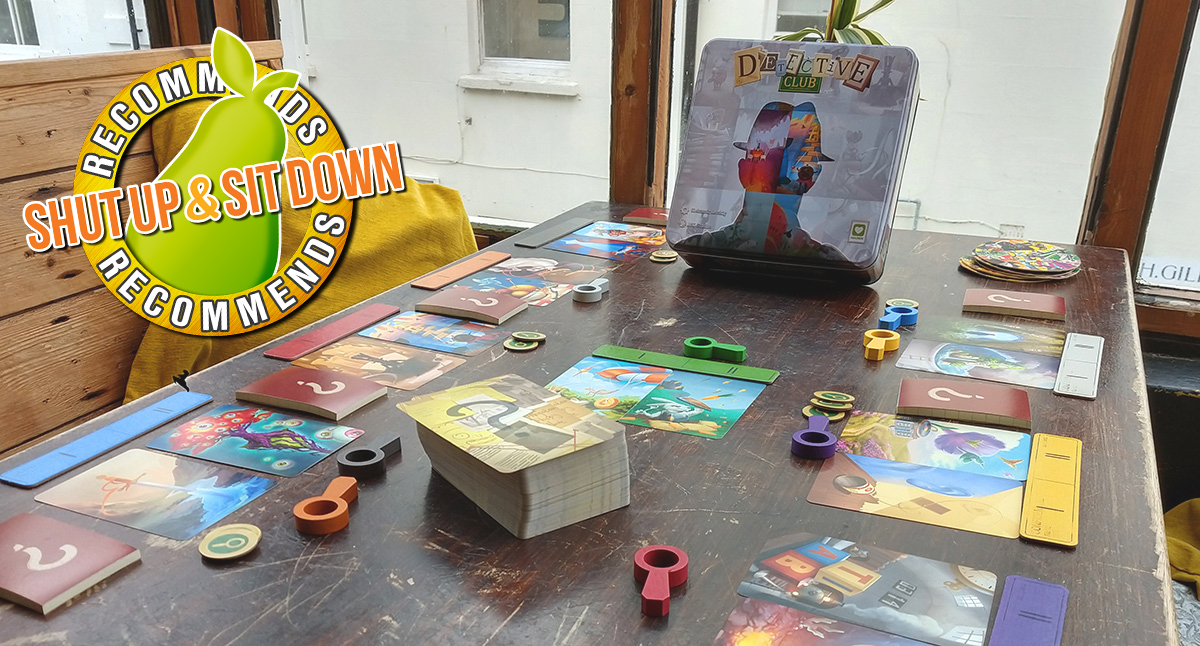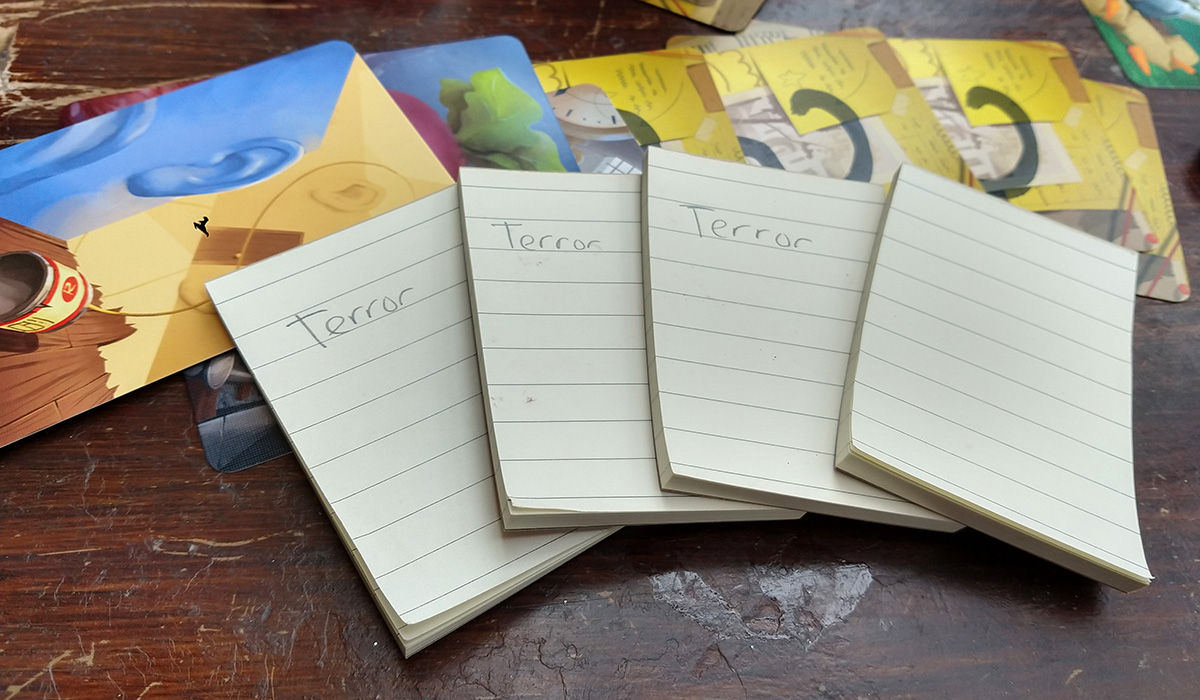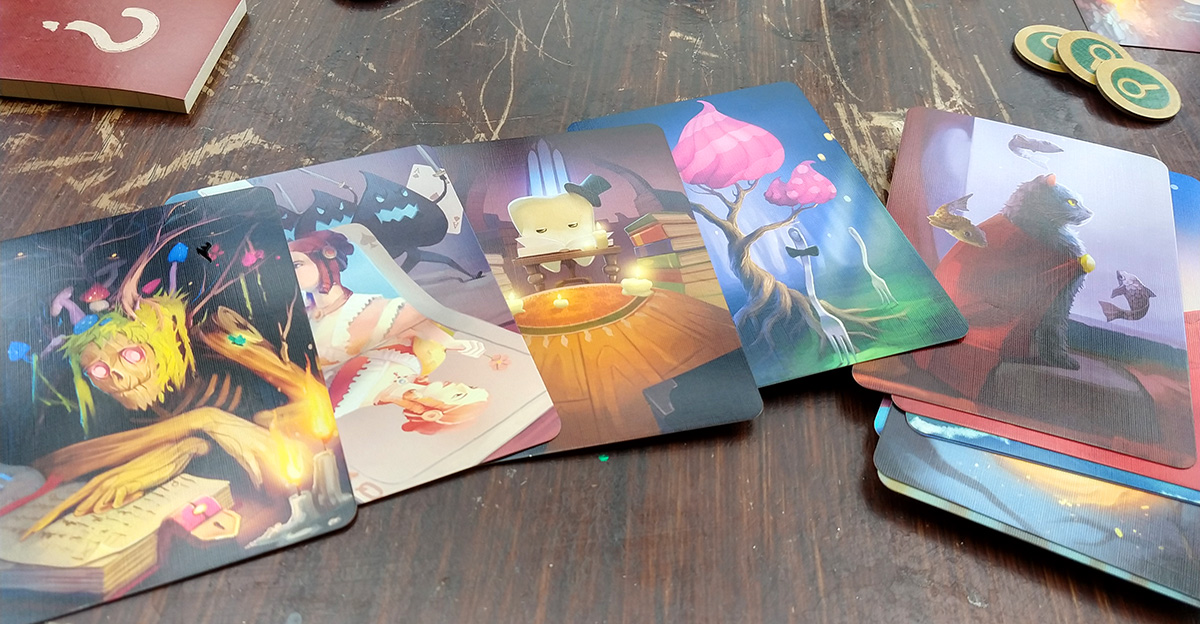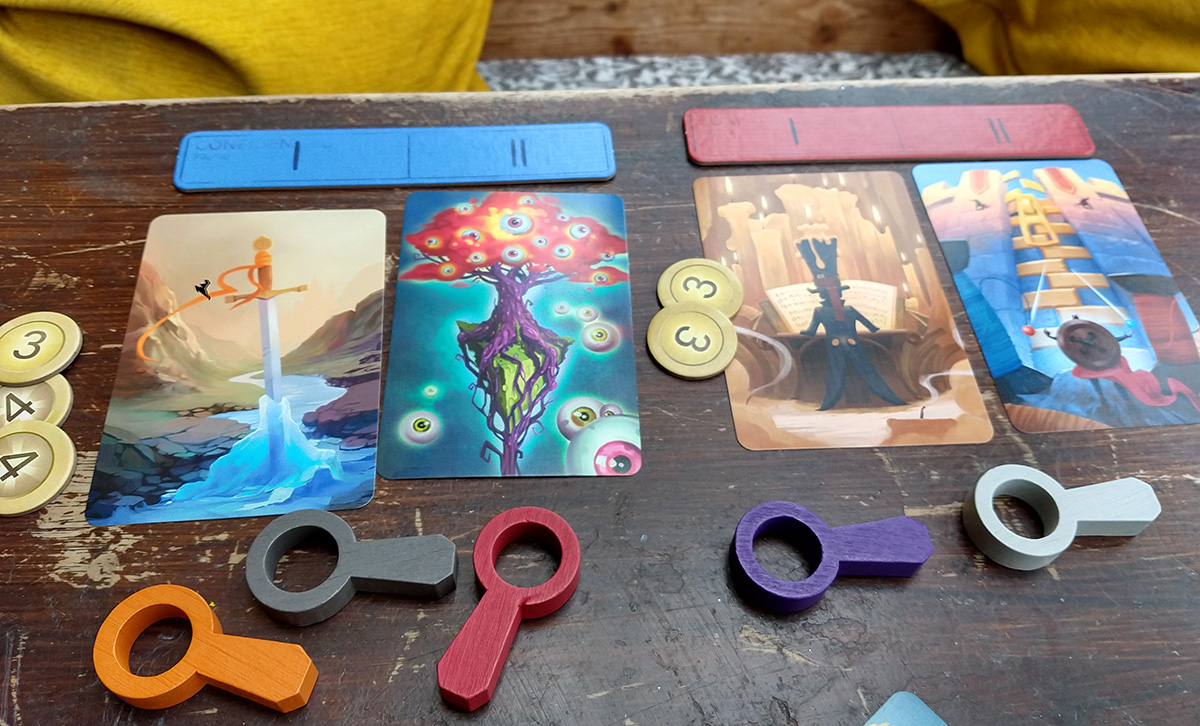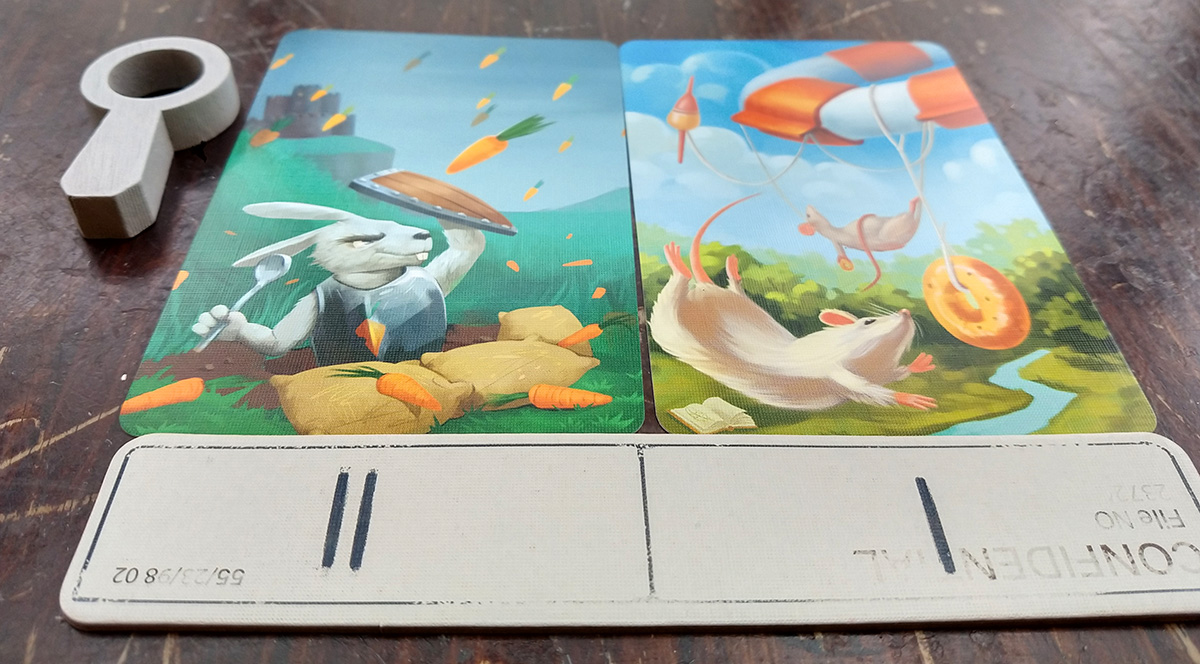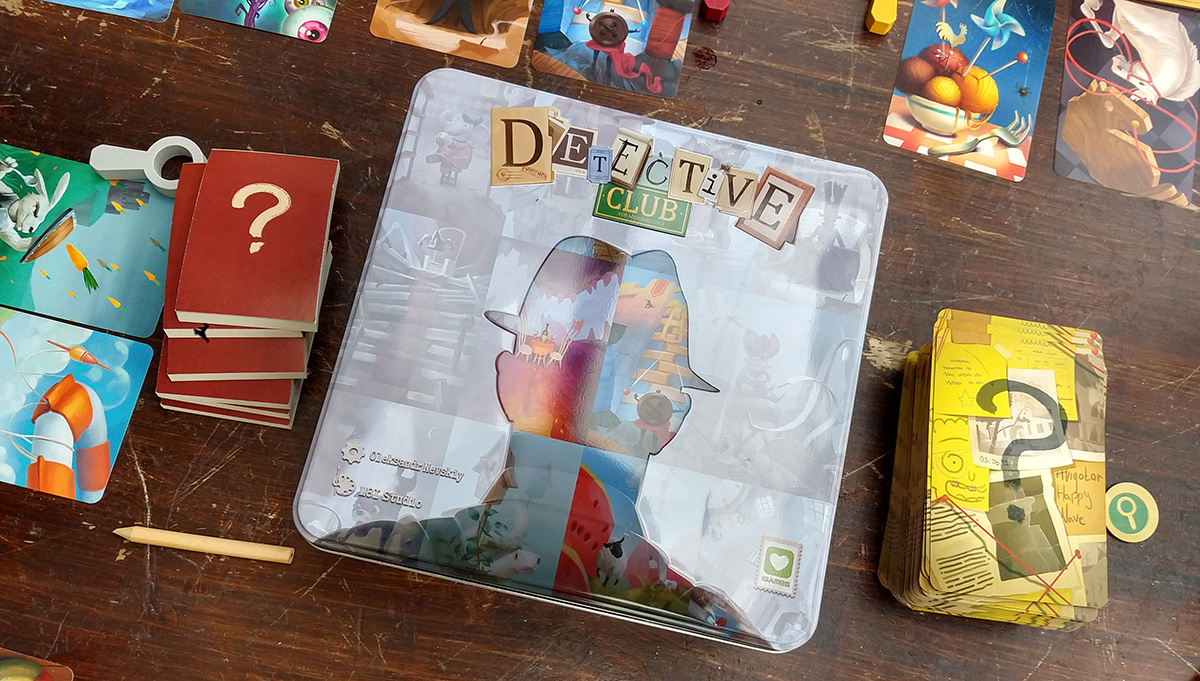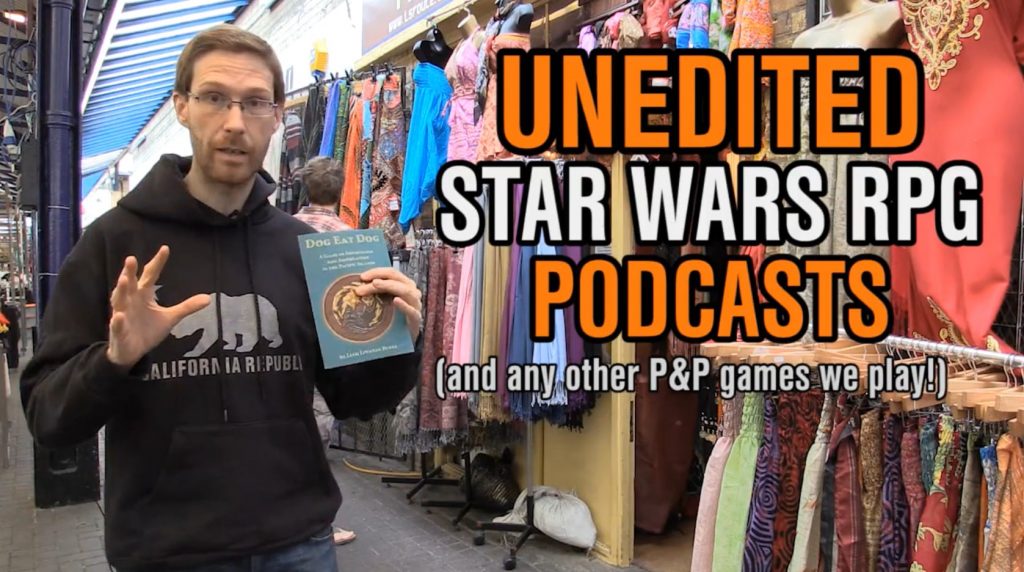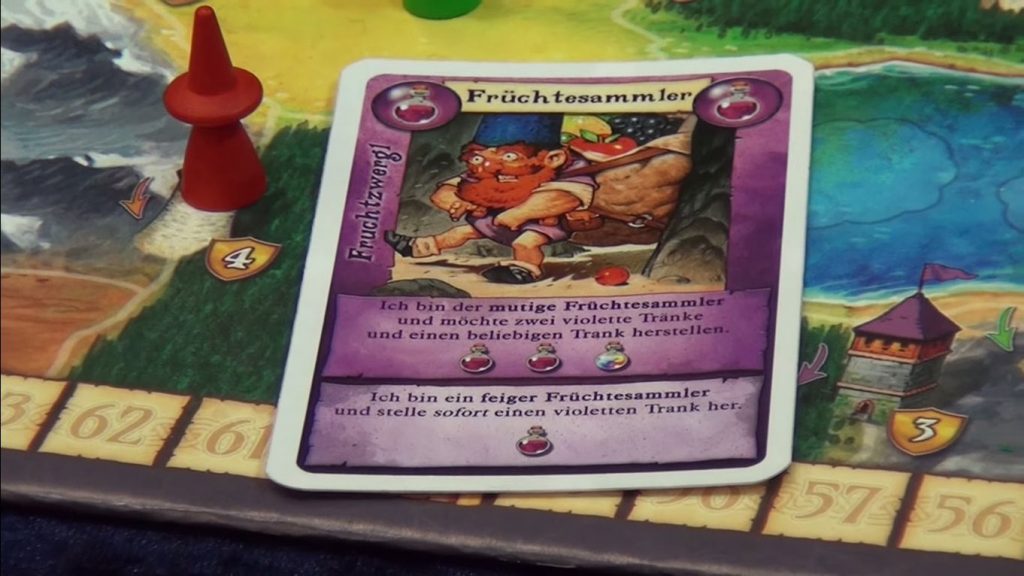Ben: Picture the scene: you are in an art gallery. The curator asks you to pick two paintings that match a specific word. They won’t, however, tell you what that word is. You run off and pick two different paintings; one of a horse, the other of an apple in a window. The curator then tells you the word they were thinking of was “escape”, and asks you why on earth you picked those two paintings.
Welcome to the most unusual club in the world!
Detective Club is a party game that sees 4-8 players trying to match fabulous picture cards to different words. Each round, a different player will choose a word, write it on all but one of the adorable tiny notebooks the game comes with, shuffles them, and deals them out. Can you see where this is going?
The player who chose the word then takes a a card from their hand that represents the word they’ve chosen, and places it on the table.
The other players then look at the word that’s been written on their notebook, and collectively laugh, frown, squint, or all of the above (or they just pretend to if they received the blank notebook, but more on that later). You then go around the group, with everybody playing a card from their hand they think matches the chosen word, until each player has two cards in front of them.
Let’s be clear before we move on; these cards are as gorgeous as they are dreamlike (‘very’ on both counts). If you’ve seen the abstract artwork of Mysterium or Dixit, you’ll know what to expect here. There’s genuine joy and intrigue as each player lays out another beautiful image in front of them, and players crowd round to pick out all the different aspects of the picture. This not only creates a pleasant tingle of excitement amongst the group, but also gives the Conspirator crucial thinking time.
Remember, one of the notebooks handed out is totally blank, meaning one player has no idea what connects the other images. As such, they are desperately scanning each picture to pick out a theme.
Do these cards all depict travel? Regret? Sponges? The images are so abstract and surreal it’s never entirely clear. The Conspirator has little time to think, as once everyone has placed a second card the first player tells everyone what the word is and why they played the cards they did. What happens next made both me and Quinns laugh out loud when we read the manual. Quite simply, each player then has to explain how the cards they chose match the chosen word. If you only found out what the word was 15 seconds ago you better do a good job at convincing your fellow detectives that you had a detailed plan all along.
This gives Detective Club a gentle element of hidden identity games. Once everyone has explained their pictures they then interrogate each other and try to find a weak link. Of course, normally a detective is trying to find out if a fact is true or not. Detective Club feels more like the Annual Art Critics Arguing Convention. You start to question; does that look like a tunnel, or a worm? You have fantastic moments where you have the realisation that a person isn’t lying, they just have such a weird imagination they see images completely differently.
This is where the strangeness of these images comes home to roost. You can be one of the players who knows what the chosen word is, but not have a single card in your hand that represents that idea or concept. This leaves you looking for increasingly abstract interpretations, like a 17 year old who has just discovered jazz and won’t shut up about it. Of course, a tenuous explanation makes you look guilty even if you’re not.
Once everyone has voted on who they think the Conspirator is with the placement of an excellent little magnifying glass, everyone reveals, and scores points if they guess correctly or, if they’re the Conspirator or the first player who handed out the notebooks, they score only if less than two players identified the conspirator. After all, crime doesn’t pay. Unless people don’t know you’re guilty, in which case apparently it does.
The pace of Detective Club is just right for a party game. There’s hardly any downtime, as spending time thinking is easily read as the actions of the guilty, so the structure of the game gently pushes players to act impulsively rather than overthinking each card. The only time there’s dedicated thinking time is when the first player is choosing and writing out the word. However, in a subtly efficient piece of game design, this is when players draw new cards, giving them a couple more pieces of art to admire.
Detective Club also gets massive points for being a very visual game, which makes it much immediately more inclusive. The version we had was French (which we barely speak), and after we’d learned the basic rules we never referred to the manual once.
The only major criticism we have of Detective Club is around which groups it plays well with. Whilst the mechanics are simple and can be explained in a few minutes, there is a natural tendency for quieter detectives to be drowned out by their louder colleagues. That said, this is a common issue for a lot of similar games, and Detective Club somewhat mitigates this by encouraging players not to over-analyse their own artistic choices. In our games the more a player tried to explain their choices the guiltier they sounded. The fact that everyone gets a turn choosing words and the Conspirator is random each turn also keeps everyone involved.
Detective Club might remind people of Spyfall, as both are games of trying to root out an impostor who’s missing the information that other people are. Whereas Spyfall relies on questioning one another and a somewhat artificial time limit, Detective Club is simply a case of playing two of six cards and hoping you can talk the right level of nonsense. It’s a significantly more relaxing experience. There are fewer cunning plays to be made, but that isn’t necessarily a bad thing. Getting 8 people to concentrate on rules explanations and advised strategies is about as easy as getting 8 people to remember details of each others’ holidays. From 5 years ago.
Instead, you’re better off thinking of Detective Club as a more grandiose version of A Fake Artist Goes to New York. Both games are excellently simple hidden identity games without the intense pressure that usually defines the genre. But where A Fake Artist is a masterpiece of simplicity, breaking out Detective Club feels more like an event.
You’ll likely already know if you have friends who would enjoy Detective Club. If you’re the kind of social group that has as much fun arguing about a film as watching it then you should definitely investigate it. If you have a group that would prefer to sit in quiet contemplation as they mastermind a complex strategy them may find it a touch too raucous. The psychological to and fro combined with increasing levels of pseudo-artistic interpretation are a huge amount of fun, and definitely worthy of a recommendation.
If you’re still unsure, try reading this review and deciding if I actually played Detective Club, or if I’ve only read the manual and I’m actually bluffing it. Spoiler: I did play Detective Club and it’s a blast.

